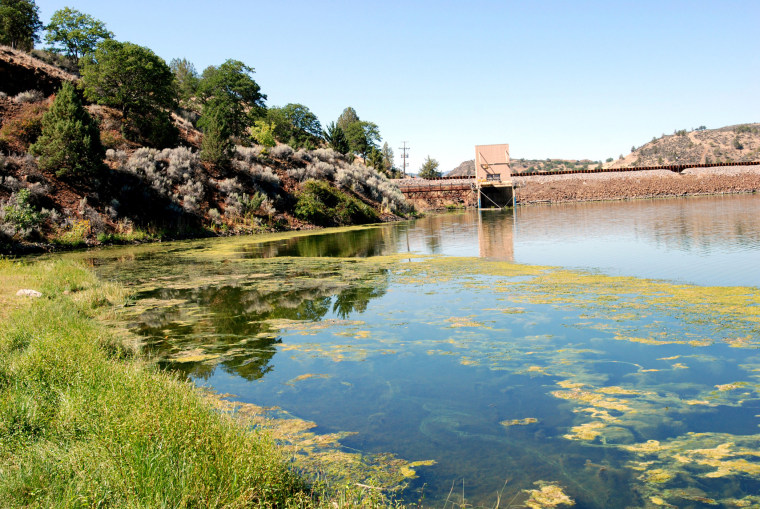What if I told you a Republican was working on the largest conservation victory in U.S. history and the project also works toward the healing and racial reconciliation of three Native American tribes? It’s true. Jason Atkinson, an old friend of mine, decided to take a step away from the politics of elective office — he choose not to run for reelection to the Oregon Senate after a run for governor — and to put his principles in action.
At the heart of that action is the Klamath River, the largest river on the western seaboard, which runs between Oregon and California. For close to 200 years, the fate of the river and the natural surroundings it supports — as well as that of Native Americans, frontiersmen, industrialists and environmentalists — have been locked in a variety of public and political battles.
To put into perspective what is at stake and why restoring the Klamath is so important, Atkinson notes, “There are four dams in the Klamath River. They hold no water for agriculture — yet they still manage to heavily pollute one of the most majestic rivers in the United States. To the tribal nations who live there, the devastation of the Klamath bears the same symbolic weight as the Confederate flag does to African Americans in South Carolina."
RELATED: How Obama plans to change how most of the country is powered
So, five years ago, Atkinson chose the fall of 2015, a time in the presidential cycle when most commander in chiefs start to get concerned with their legacy, to reshape the story of a people and a river most Americans had never heard of. He created the film "A River Between Us" and launched a national campaign to bring the issues of the Klamath to the public consciousness. He then put it all in front of the president with the simple hope that President Obama would first want to make this part of his legacy and that Congress would then rejoin the conversation on saving the river, take a measure of credit, and finish the work.
“I wrote the story for people who take a subway to work,” Atkinson likes to say. “I didn’t want to preach to the already converted nor play winner/loser gamesmanship.” Politics and partisanship failed the river and the people for the past three decades. Presidents Bill Clinton and George W. Bush, to their credit, tried to move towards a solution and really set the stage for the work Atkinson would later take up. But then somewhere between the fear of dam removal, fear Native Americans might gain a victory, and fear environmentalists would harm agriculture, everything stopped.
"A River Between Us" was created to restart the conversation and to finally move both people and politicians to act to save the river. The film was released on iTunes and Amazon after already reaching millions through social media. Atkinson’s goal is to allow an audience, turned off by typical environmental politics, to make a direct emotional connection to the people who live on and fight for this river and how they are coming to grips with solving generational problems and disagreements over time. For the filmmaker, such a connection creates legitimacy for the Klamath as a place that is in the fiber of every American, and begins to change how we view each other and our environment.
Sound too good to be true? Well, the conversation Atkinson and 46 other organizations started has already shifted to how the president can take four dams off the river and how Congress can finish that work by protecting tribes and agriculture. Over the past decade, these groups comprised of farmers, ranchers, tribes in Oregon and California have hammered out a solution Congress is now blocking. All interested parties agree, including Berkshire Hathaway, owner of the dams, that these dams provide zero water for irrigation or water storage, offer negligible power to surrounding communities, and will cost more to retrofit to today’s standards than to remove.
What is interesting is not the strategy to accomplish something big, but the fact that a Republican is making a difference in an area of public policy Republicans often do not address. Yes, it’s about working across the aisle, decoupling politics and policy, and allowing reconciliation to happen. But it’s something else. “Heal the people and they’ll heal the river” is the film's message, and as Atkinson tells me, that’s good for America right now, too.
"A River Between Us" is not just a story; it might just be a model for our nation going forward.
Michael Steele is the former chairman of the Republican National Committee and a political analyst at MSNBC.
